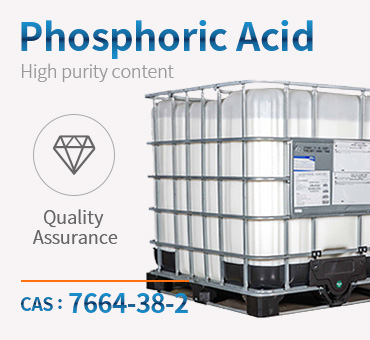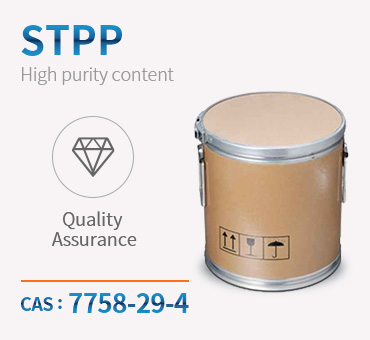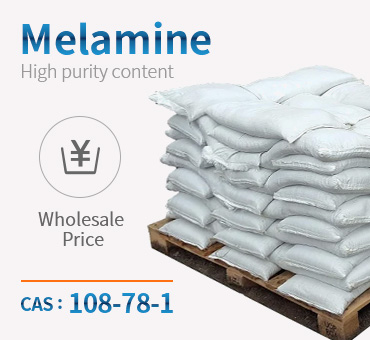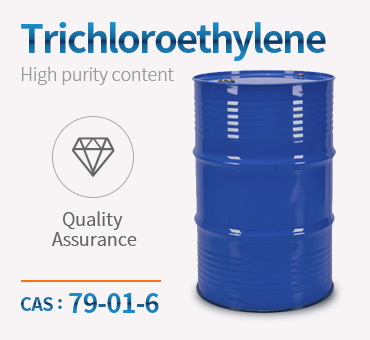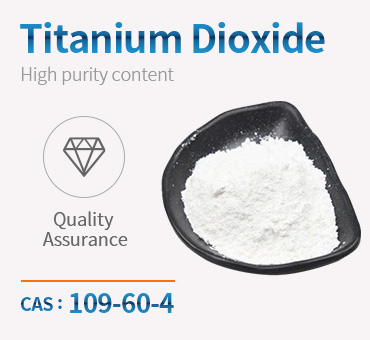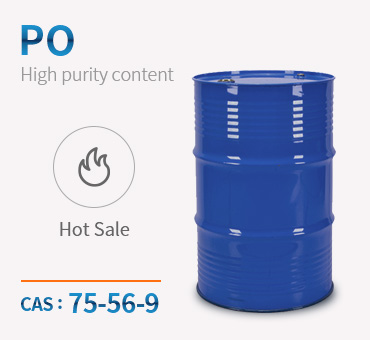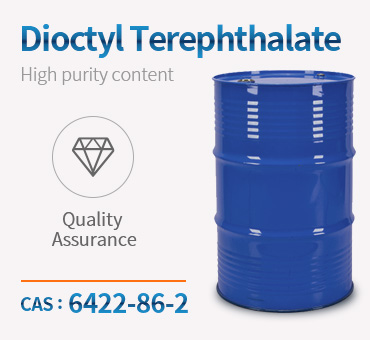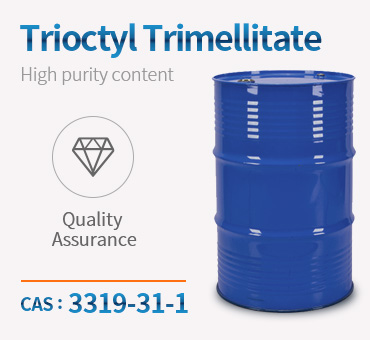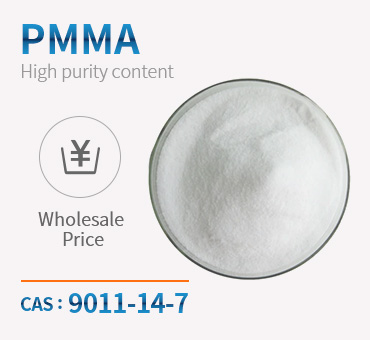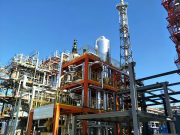Phosphoric Acid
Phosphoric acid is second only to sulfuric acid as an industrial acid and consistently ranksin the top 10 chemicals used globally.States, but it is used in a number of other applications. Phosphateswere used as builders and water softeners. A builder is a substance added to soaps or detergentsto increase their cleansing power. Phosphoric acid is used as an intermediate in the production of animal feed supplements,water treatment chemicals, metal surface treatments, etching agent, and personal care productssuch as toothpaste. It is used as a catalyst in the petroleum and polymer industry. Phosphoricacid is used in food as a preservative, an acidulant, and flavor enhancer; it acidifies carbonateddrinks such as Coca Cola and Pepsi, giving them a tangy flavor. Phosphoric acid is used as arust remover and metal cleaner. Naval Jelly is approximately 25% phosphoric acid. Other usesfor phosphoric acid include opacity control in glass production, textile dyeing, rubber latexcoagulation, and dental cements. Phosphoric acid (H3PO4) is the most important oxoacid of phosphorus and its main use is in the manufacture of fertilisers. Within the human body, phosphate is the main phosphorus-containing compound. Phosphate is an inorganic compound and is the salt of phosphoric acid. It can form organic esters with a variety of compounds and these are important in many biochemical processes. Phosphate has the empirical formula PO43-. It is a tetrahedral molecule, where the central phosphorus atom is surrounded by four oxygen atoms. In biological systems, phosphate is often found either as the free ion (inorganic phosphate) or as an ester after reaction with organic compounds (often referred to as organic phosphates). Inorganic phosphate (mostly denoted as Pi) is a mixture of HPO42- and H2PO4- at physiological pH.

